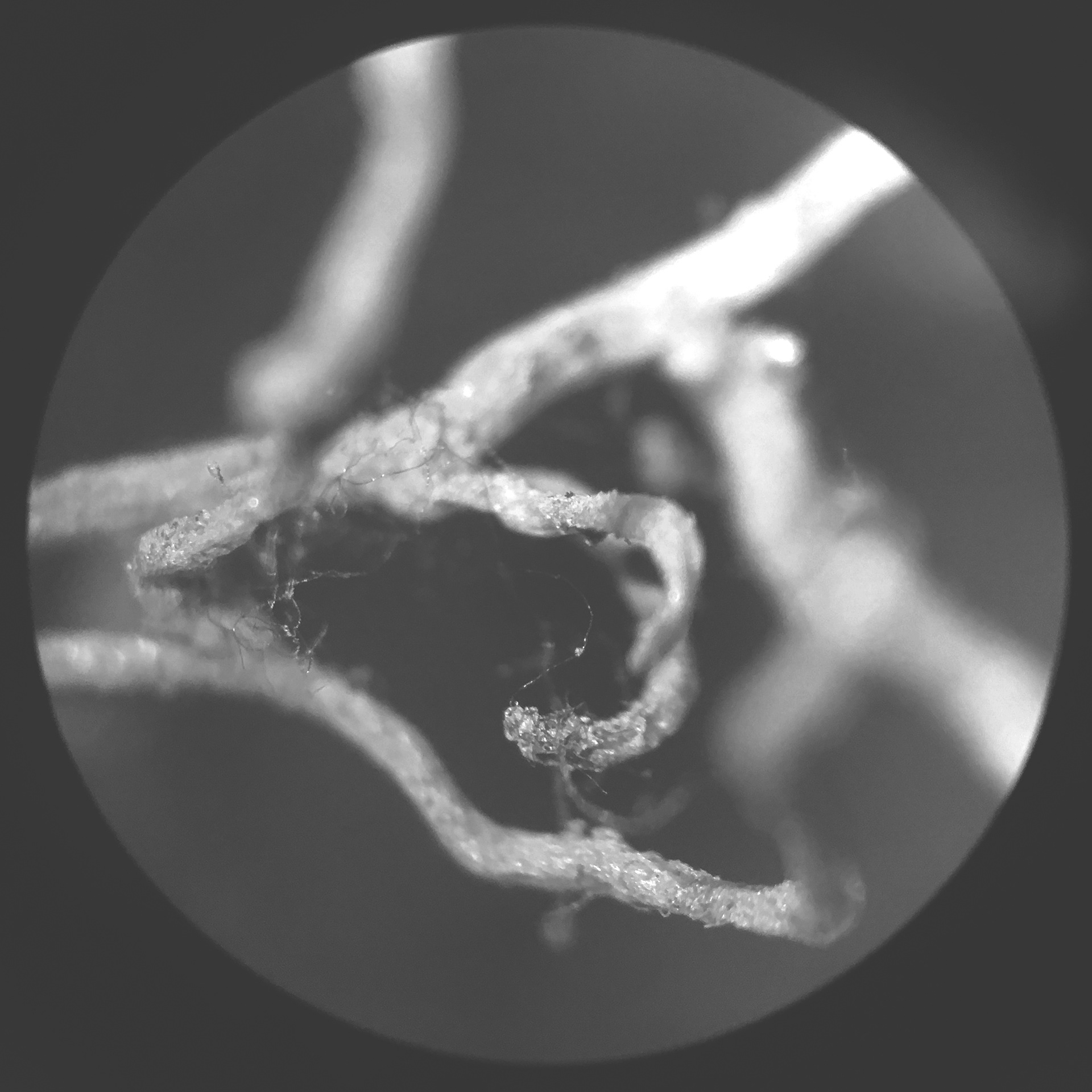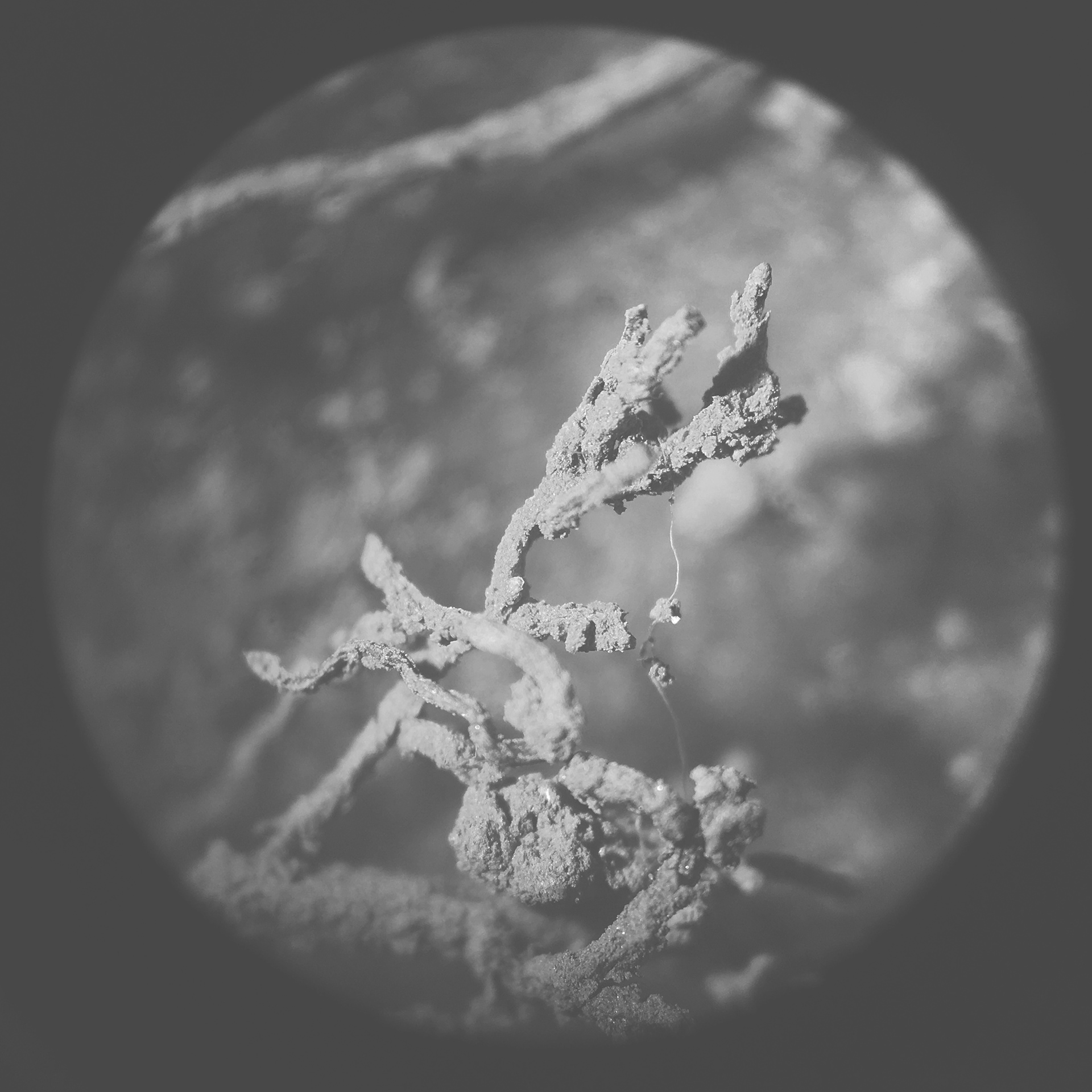Spring 2018, Foundation Studio II
Teresa Gali Izard, Emma Mendel, Andrea Hansen
Teresa Gali Izard, Emma Mendel, Andrea Hansen
This is a design proposal and provocation to defragment forest on the urban edge by focusing under the ground plane. New scientific understandings of mycorrhizal fungi tell us that forests are social places – trees send each other information and nutrients through the fungal network. Besides poor soils, root restriction, and exposure to salt and pollution, trees in Charlottesville are also isolated from the social network of the nearby forest – making them more susceptible to pests and less resilient in the face of fluctuating resources and climatic conditions.
Forest / City: it doesn’t have to be a binary. Reconnecting root networks underneath (or even above) human activity provides urban forest patches access to the knowledge and resources of a larger forest, while creating new pathways for animals and people to move across the car and road-dominated landscape of box stores and suburbia. Capitalizing on existing road and culvert infrastructures and maintenance, this system is designed to be flexible – adaptable to wherever forests meet roads.
soil samples from each of the seven forest patches to be reconnected







I found mycorrhizae under a microscope in each of the soil samples I collected from the site.